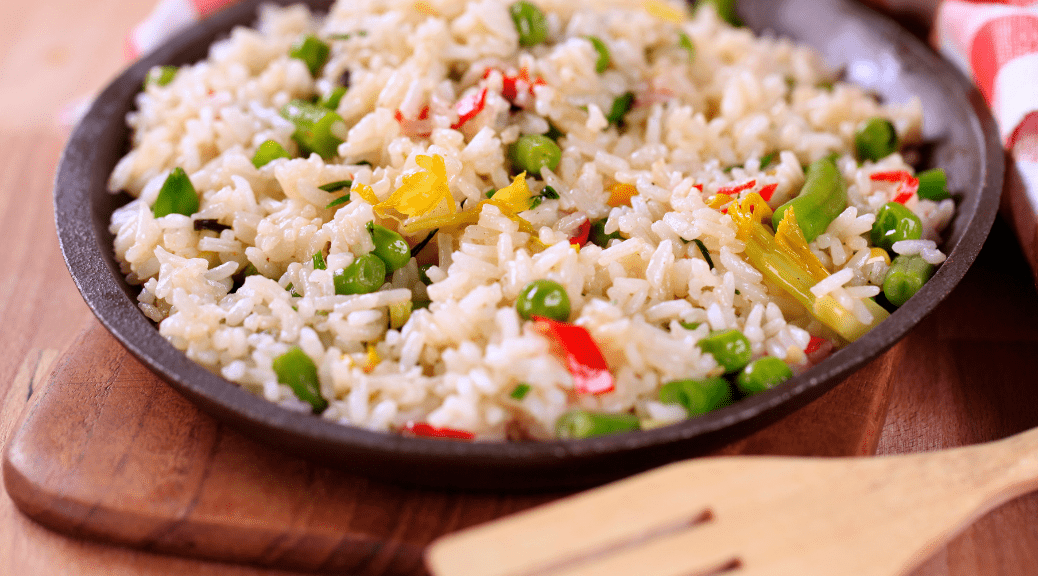Nutritional Value of Rice

Post harvesting, rice grains go through different production processes in the factories. The process leads to production of different types of rice. These processes are called milling and polishing. These processes not only changes the shape and size of the rice kernel, it also changes its nutritional value.
Harvested rice grains have an outermost hard layer called hull. This has to be removed to make the editable. This could be done at the farm or at the factory.
TYPES OF RICE ACCORDING TO THE POST HARVESTING PRODUCTION PROCESSES
BROWN RICE
The outermost layer of rice, called the hull, is removed from the harvested kernel. Once the hull is removed we get brown rice. So we can say that the brown rice is rice with the whole kernel intact.
NUTRITIONAL VALUE OF BROWN RICE
Brown rice is surrounded by all layers of bran. Rice bran is an excellent source of dietary fiber. It also contains vitamin B1 (thiamine), vitamin B3 (niacin), vitamin B5 (Pantothenic acid), vitamin B6, iron, phosphorus, manganese and is a good source of potassium, zinc and copper. It has low sodium and sugar content.
UNPOLISHED WHITE RICE
When brown rice goes through the milling process it becomes white in color. In milling, the bran layers of rice are milled off. Milling is a abrasive grinding process. Most of the rice germ is also removed during this process. Rice at this stage is called milled, unpolished white rice.
NUTRITIONAL VALUE OF UNPOLISHED WHITE RICE
Milling removes a considerable amount of vitamin B and E, some minerals and proteins. Thus milled, unpolished rice mainly has carbohydrates and proteins. The dietary fiber content of milled rice is substantially lesser as compared to the brown rice.
POLISHED WHITE RICE
The unpolished rice is passed through a wire brush machine. This process removes the aleurone layer that remains on the rice. This step is called polishing. A partly polished grain might contain some aleurone, this is called semi-polished rice.
NUTRITIONAL VALUE OF POLISHED WHITE RICE
Polished rice is about 90 percent carbohydrate, 8 percent protein and 2 percent fat. It is a good source of magnesium, phosphorus, manganese, selenium, iron, folic acid, thiamine and niacin.
The bran, germ, and aleurone layers of rice contain most of the fat content found in rice and are the source of fat-soluble vitamins like vitamin E as well as many other nutrients. If the high-fat components of the rice grain are left intact, the shelf life of the rice greatly declines; this is partly the motivation for manufacturers to remove the bran, germ, and aleurone layers of rice, although this process reduces its nutritional value.
Consumer VOICE experts tested 12 brands of basmati rice on basis of grain length/breadth ratio, average precooked grain length, elongation ratio and most importantly DNA analysis was conducted to check the adulteration of pure basmati with non-basmati rice. Click to know complete results for the best basmati rice.
